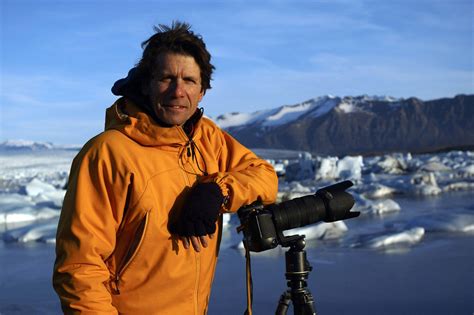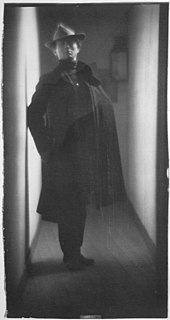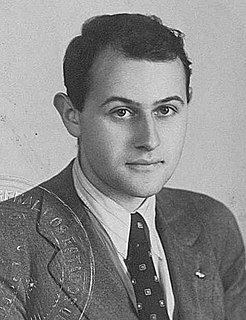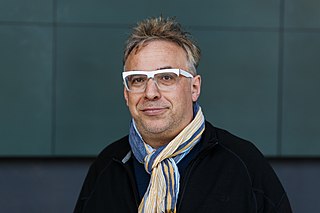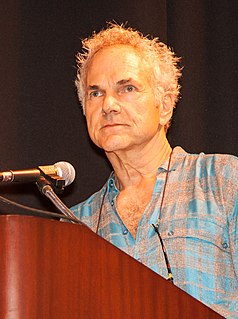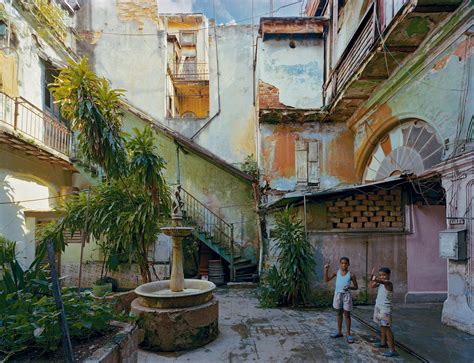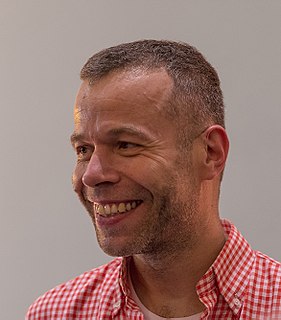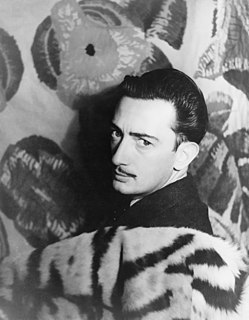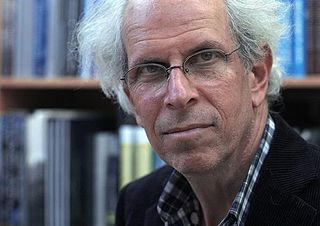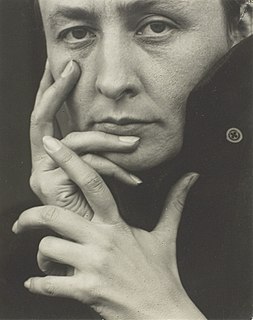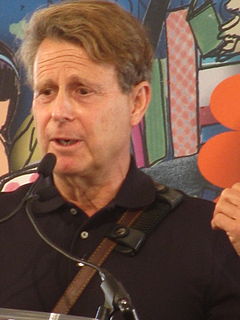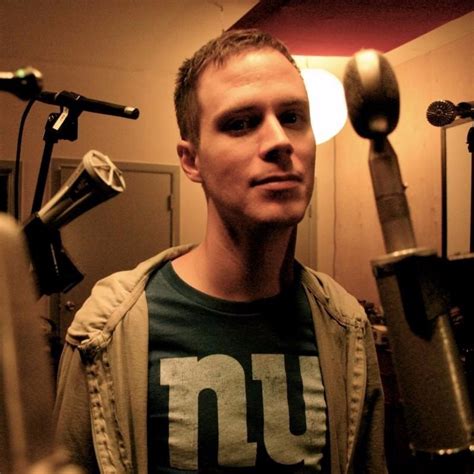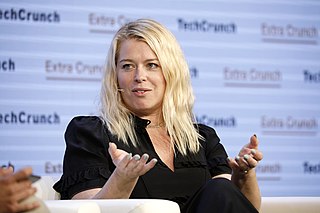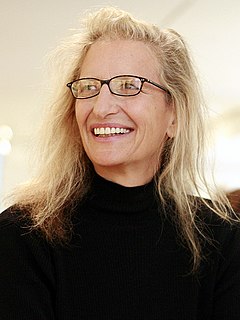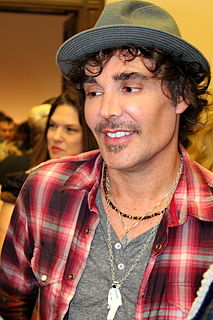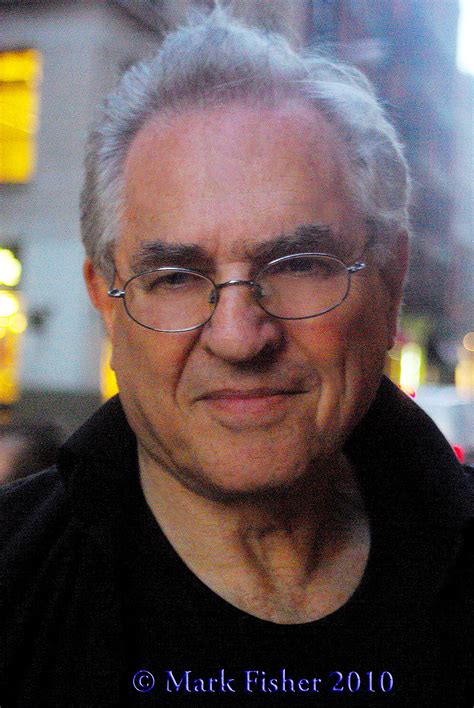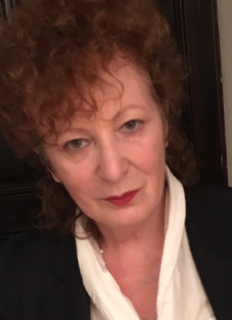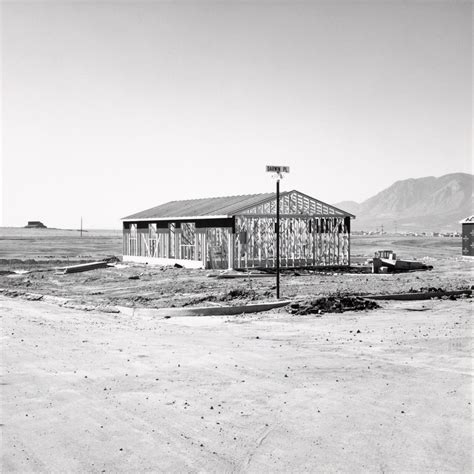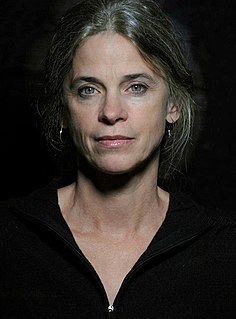Цитата Джеймса Балога
Проблема в том, что почти все просто фотографируют мир с помощью домашних фотоигрушек, а не метафоризируют или придумывают идеи. У нас есть фотографическая культура, которая не приучена мыслить в терминах символа.
Связанные цитаты
... то, что подделывается [путем компьютеризации создания изображений], конечно, не реальность, а фотографическая реальность, реальность, увиденная объективом камеры. Другими словами, компьютерная графика достигла (почти) не реализма, а только фотореализма — способности подделывать не наше перцептивное и телесное переживание реальности, а только ее фотографическое изображение.
Я хочу, чтобы изображения работали в обоих направлениях. Я принимаю, что они говорят обо мне, и в то же время я хочу и ожидаю, что они будут функционировать с точки зрения зрителя и его опыта. С этими абстрактными картинками, хотя глаз распознает их как фотографические, а не нарисованные, он также пытается связать их с реальностью. В мозгу всегда работает этот ассоциативный механизм, и поэтому для меня важно, чтобы они были на самом деле фотографическими, а не нарисованными.
Зная многое о том, что есть в мире искусства, катастрофы, красоты природы через фотографические изображения, люди часто разочаровываются, удивляются, равнодушны, когда видят настоящее. Поскольку фотографические изображения имеют тенденцию вычитать чувства из того, что мы испытываем непосредственно, и чувства, которые они вызывают, в значительной степени отличаются от тех, которые мы испытываем в реальной жизни. Часто что-то беспокоит нас больше в сфотографированном виде, чем когда мы на самом деле переживаем это.
Мой отец славился своей фотографической памятью. Он был в УСС. Они учили его, чтобы его специально ловили, читали вверх ногами и задом наперёд и запоминали каждый документ в Германии, который он видел во время допроса, — каждое расписание на каждой стене. Итак, эта фотографическая память каким-то образом попала ко мне, когда я был молод.
Я чувствую себя таким же творческим, сосредотачиваясь только на звуках и получая фотографическое представление того, где звуки должны быть. Но для меня это все тот же мешок с костями. Мне трудно разделить производство и инженерию, и поэтому я не могу продюсировать вещи, если я не записываюсь. Это очень тактильно. Мне нужны мои руки в грязи.
